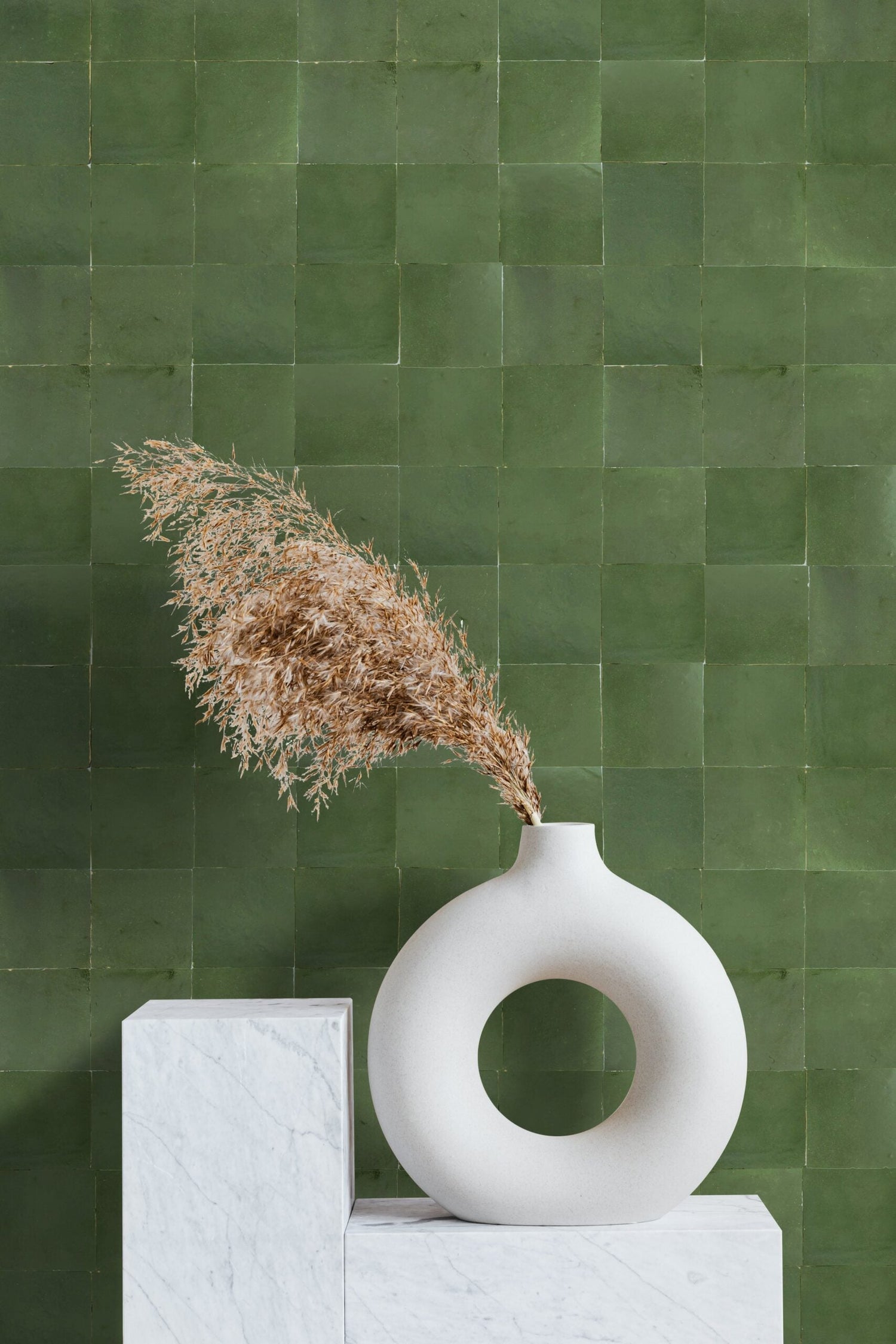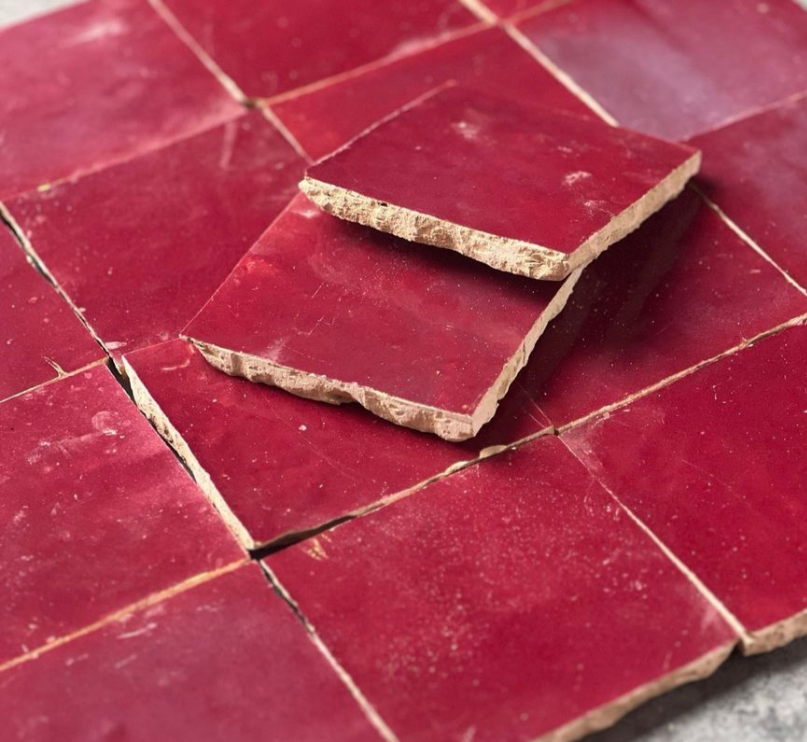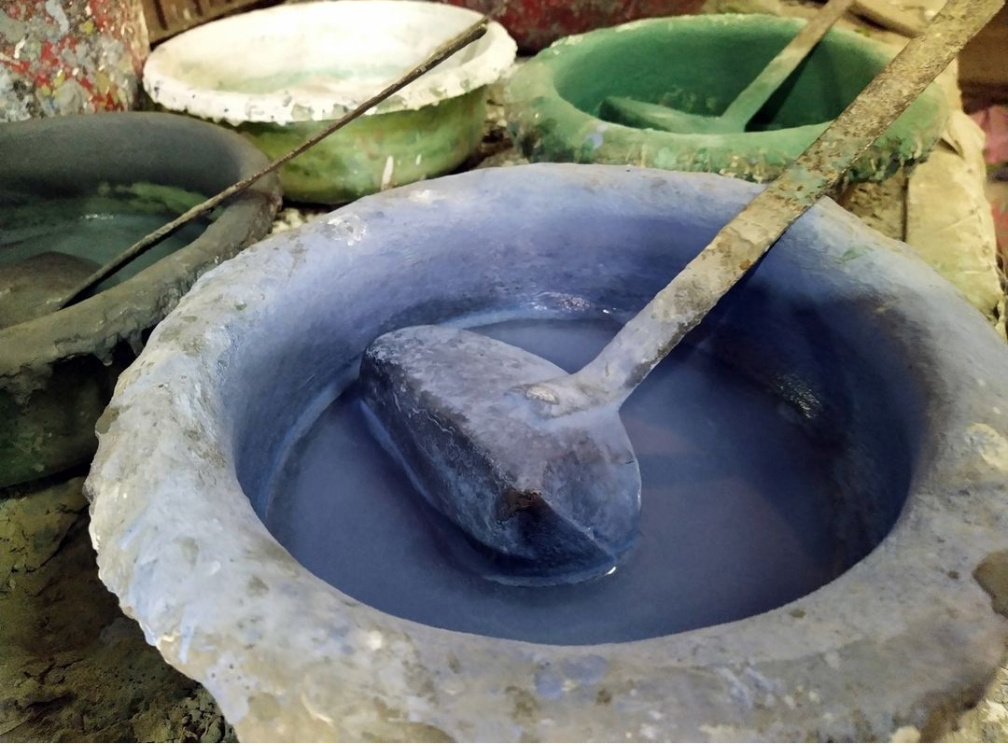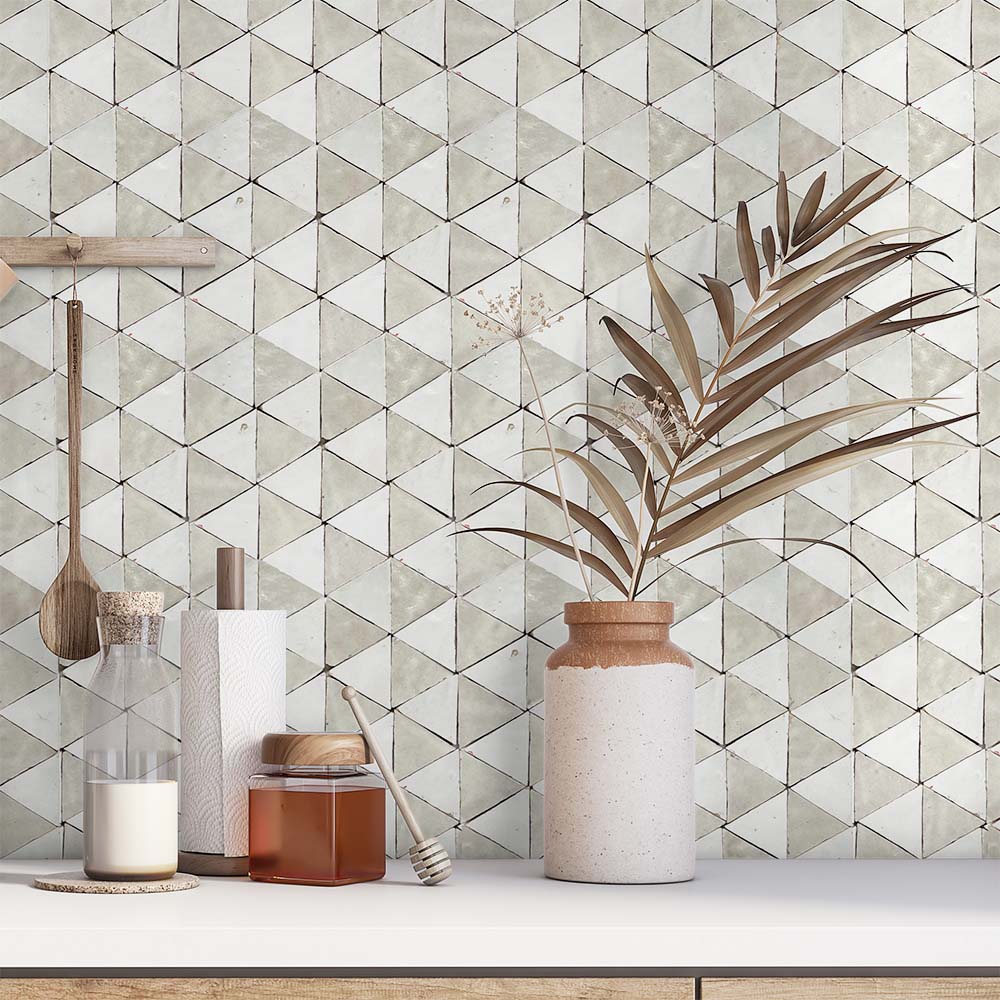The Timeless Art of Zellige: Crafting Moroccan Mosaic Masterpieces

Zellige tiles are the chameleons of the design world. Their incredible versatility makes them perfect for a variety of applications, transforming any space into a visual masterpiece. From walls and backsplashes to even floors, zellige tiles can be the key to unlocking your design dreams.
But their beauty goes beyond aesthetics. Zellige's glazed finish makes them ideal for bathrooms and showers. The glaze acts as a protective barrier, standing up to moisture and humidity with ease. So, you can enjoy their vibrant colors and unique charm without worrying about water damage.
A BRIEF HISTORICAL GLIMPSE
Zellige, a form of terracotta tile work covered with enamel in intricate geometric patterns, has its origins in the 10th century in Morocco. This art form was heavily influenced by Islamic art and its emphasis on geometric and abstract designs. Zellige tiles became a prominent feature in Moroccan palaces, mosques, and homes, symbolizing the region’s rich cultural heritage.


HOW ITS MADE
The creation of zellige tiles is a labor-intensive process that has been handed down through generations of artisans. Here’s how these stunning tiles are crafted:
- Clay Preparation: The process begins with natural clay, which is kneaded by hand and left to soak in water for up to 24 hours. This ensures that the clay is pliable and free of impurities.
- Molding and Drying: The softened clay is then hand-shaped into square tiles, traditionally using wooden molds. These tiles are left to dry naturally in the sun, which can take several days depending on the climate.
- First Firing: Once dried, the tiles are fired in a kiln at high temperatures. This initial firing hardens the clay and prepares the tiles for glazing.
- Glazing: Each tile is hand-dipped in enamel glaze. The glazes are often made from natural mineral pigments, which give zellige tiles their vibrant colors. After glazing, the tiles are fired again to set the colors.
- Cutting and Shaping: Once the tiles have cooled, they are meticulously cut into smaller pieces using a sharp hammer and chisel. This is where the artisan’s skill truly shines, as each piece must fit perfectly into intricate geometric patterns. The shapes can range from simple squares to complex stars and polygons.
- Assembly: The cut pieces are then assembled into the final mosaic design, face down, on a template. This process requires great precision to ensure that the patterns are symmetrical and the pieces fit together seamlessly.

MODERN APPEAL AND APPLICATIONS
Today, zellige tiles are celebrated for their unique, handcrafted quality and their ability to bring a touch of Moroccan elegance to any space. Their versatility makes them suitable for a variety of applications, including kitchen backsplashes, bathroom walls, and accent pieces in both residential and commercial settings.
The slight variations in color and texture from one tile to another add to the authenticity and charm of zellige, making each installation a unique work of art. Designers and homeowners appreciate the rich cultural heritage and timeless beauty that zellige tiles bring to modern interiors.

